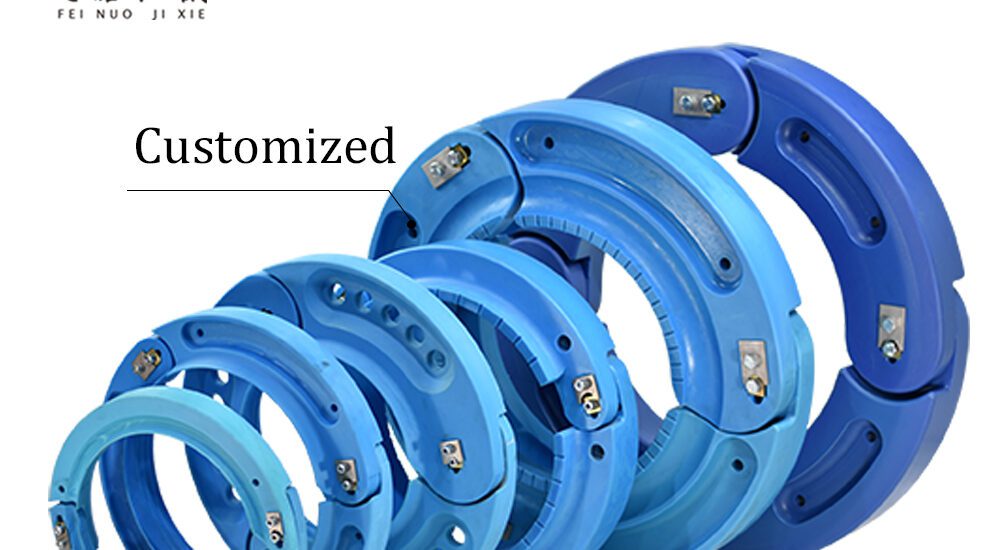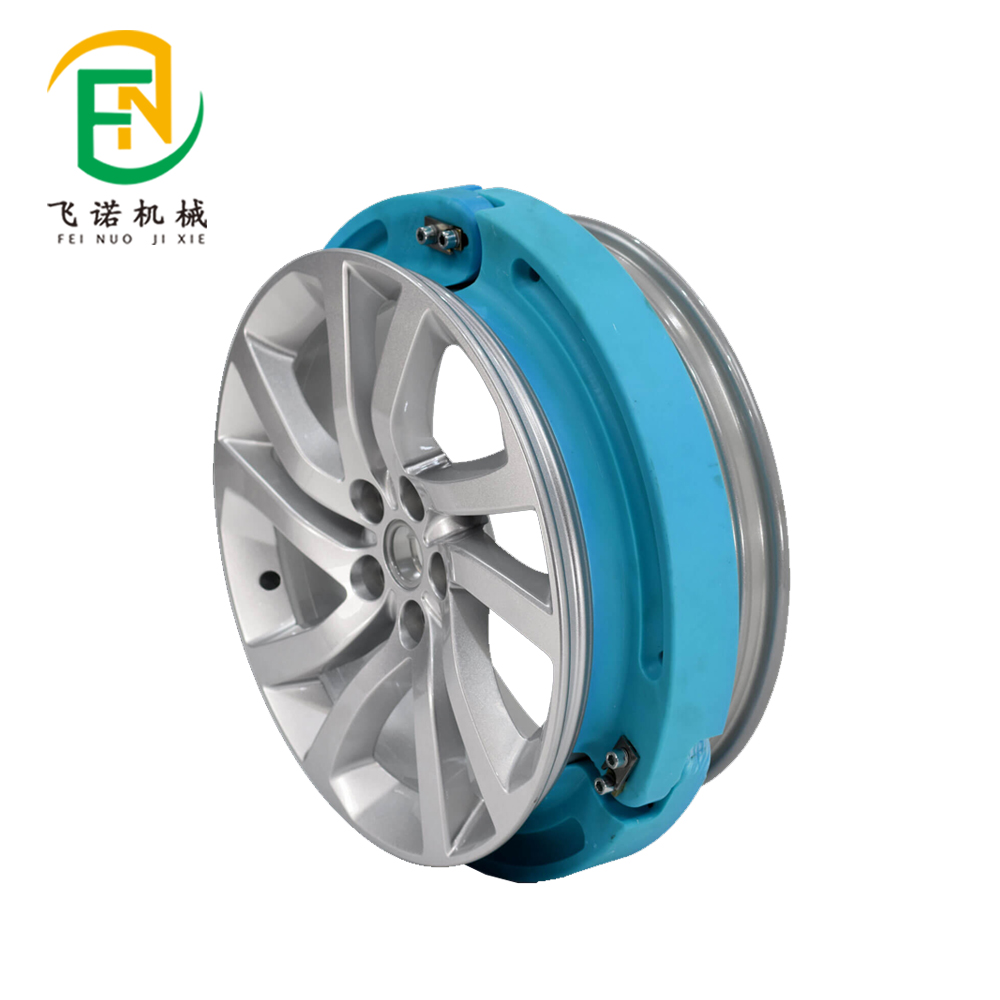- June 13, 2025
- Posted by: feinuojixie
- Category: Run Flat Guide


When discussing combat survival, most people picture armor plating, advanced weapons, or satellite-guided systems. But in the brutal chaos of a firefight, survival can hinge on something as overlooked as a tire. In military operations, where every second counts and mobility means life, run flat tire military technology provides a hidden but critical edge. These tires aren’t just rubber and metal—they are engineered to keep soldiers moving, even after being shot, slashed, or blasted. Their silent performance on the battlefield saves lives, completes missions, and ensures that when retreat is necessary, wheels never become a weakness.


The Science Behind Run Flat Tire Military Systems
Run flat tire military systems are specially engineered to perform even after sustaining damage. Unlike standard tires that collapse upon puncture, run flat tire maintains its structure through reinforced sidewalls or internal support rings. This allows a vehicle to continue moving—often for dozens of kilometers—even when completely deflated. For military vehicles, this capability is not just about convenience; it’s about surviving long enough to exit an ambush zone, reach safety, or complete a mission. In the harsh realities of war, where roads are laced with shrapnel and escape routes are mined, this technology offers a crucial advantage.
From Ambush to Escape: Real-World Scenarios Where Run Flat Tire Saves Lives
Imagine a convoy navigating narrow urban streets in hostile territory. Suddenly, an improvised explosive device detonates, damaging several vehicles and leaving tires shredded. In a conventional setup, those vehicles would become stationary targets—trapped and vulnerable. But with run flat tire military systems, mobility continues. Troops can escape the kill zone, reposition, or return fire without delay. There are countless such examples from conflict zones, where vehicles equipped with run flat tire have enabled successful retreats, emergency evacuations, and even the rescue of wounded personnel under fire.
Maintaining Mobility Under Fire: Why Tire Failure Is Not an Option
In combat, immobility equals vulnerability. A stopped vehicle invites attack, endangers occupants, and compromises the mission. That’s why military planners place such emphasis on tire reliability. Run flat tire military systems eliminate the risk of sudden immobilization due to punctures or small-caliber fire. Whether moving through urban battlegrounds or navigating unpaved terrain littered with obstacles, these tires ensure that vehicles remain operational. The ability to “keep rolling” under pressure gives commanders confidence, expands tactical options, and enhances the survivability of both personnel and equipment.
Design for Danger: Engineering That Withstands Bullets and Blasts
Run flat tire military technology is built with extreme resilience in mind. Materials like high-strength rubber composites, Kevlar-reinforced layers, and steel or polymer support structures allow these tires to resist penetration from gunfire and sharp debris. Internal support systems prevent collapse even if the outer casing is breached. Some designs include beadlocks or specialized air chamber technology to further enhance structural integrity. Each element is tested against rigorous military standards, simulating scenarios from sniper attacks to roadside bomb blasts, ensuring readiness in the most demanding environments.
Beyond the Tire: Integrating Run Flat with Military Vehicle Strategy
A tire does not operate in isolation. It is part of a larger system—one that includes the vehicle’s armor, suspension, drive train, and even communication tools. Run flat tire military solutions are often integrated into the overall vehicle strategy, complementing other technologies to form a cohesive combat platform. For example, suspension systems are calibrated to handle the slightly altered dynamics of a run flat configuration, ensuring optimal performance even under reduced tire pressure. This integration ensures not just continued movement, but continued effectiveness during engagement.
Logistics and Longevity: How Run Flat Tire Reduces Supply Chain Risk
Every additional item in the field complicates logistics. Traditional spare tires require storage space, mounting hardware, and often a crew member to handle changes. In contrast, run flat tire technology reduces or eliminates the need for spares in the field. This not only decreases vehicle weight but also simplifies loadouts and supply planning. Over time, it also reduces maintenance costs and downtime. For long missions in remote or hostile regions, fewer tire-related stops mean fewer opportunities for ambush, fewer delays, and fewer lives at risk.


Future Frontlines: Evolving Military Demands and Run Flat Tire Innovation
As warfare evolves, so too must the tools that support it. Emerging threats like drone strikes, autonomous weapon systems, and cyber-augmented ambushes are reshaping battlefield strategy. Run flat tire military developers are responding with new materials, smart tire systems that monitor damage in real time, and hybrid technologies that combine mobility with stealth. The next generation of run flat solutions will likely include AI-assisted diagnostics, electromagnetic shielding, and even shape-adaptive designs to suit multiple terrains and threat levels.
Silent Lifesavers in the Shadows of War
Run flat tire military technology may not dominate headlines, but its impact is undeniable. In combat zones where danger strikes without warning, these tires offer an invisible shield—a promise of continued motion when everything else grinds to a halt. They give troops the chance to escape, regroup, and survive. Behind every successful retreat or daring rescue, there’s often a silent hero spinning at high speed beneath the chassis: the run flat tire. In the theater of war, where life and death can hinge on movement, this technology truly saves lives.
